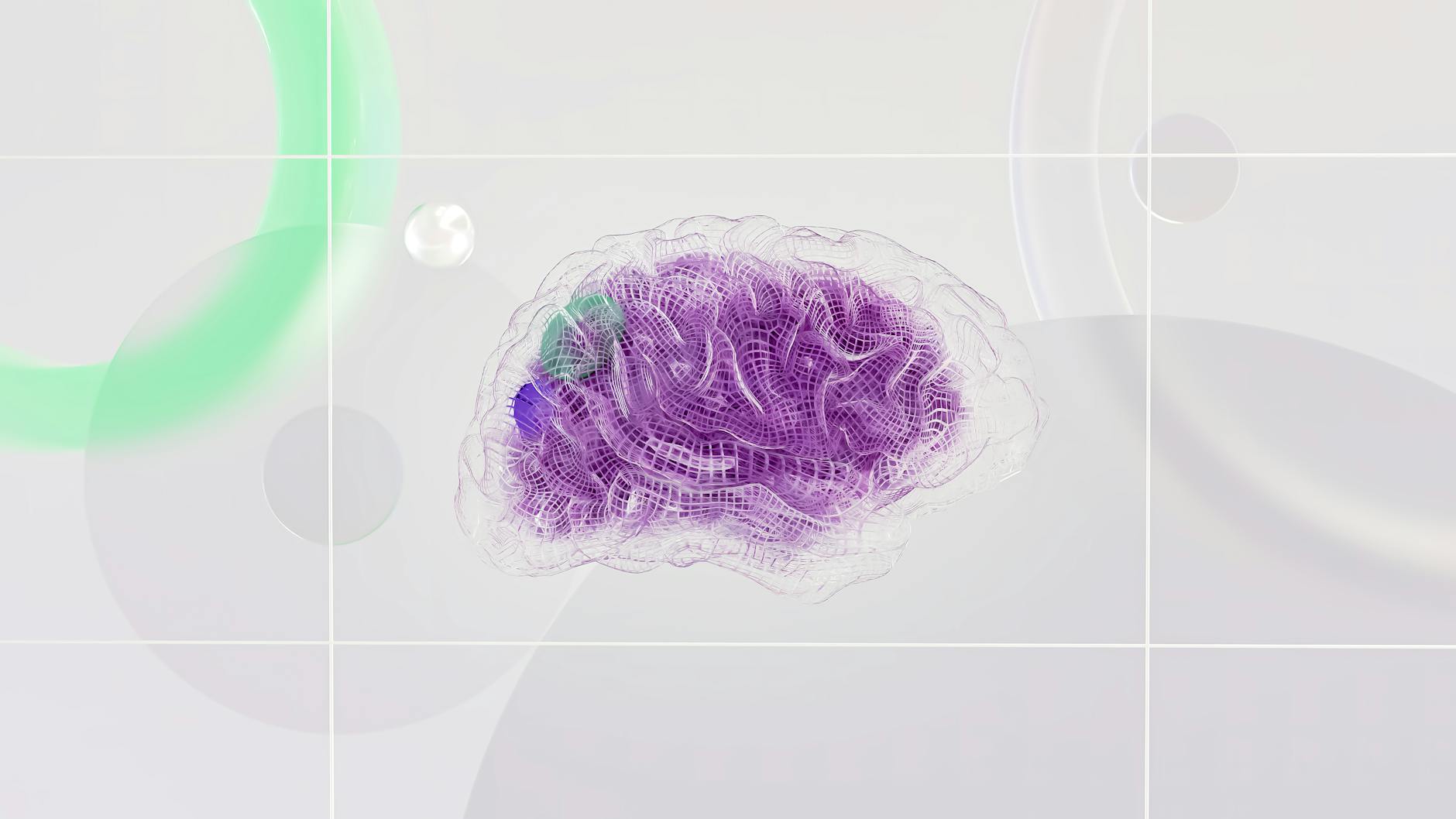Artificial intelligence is rapidly developing with great potential, though comes with significant risks. As we work hard to ensure that AI systems can remain safe and aligned with human values, new approaches from other domains could provide us with inspiration. One such promising approach is the staking and watchdog system developed by Chainlink, currently used in an oracle network, securing billions of dollars of value. This system seems well positioned to be outfitted for the equally important task of AI safety.
Chainlink’s Watchdog System Overview
The Chainlink whitepaper V2 introduces a “watchdog” for the staking mechanism of its oracle networks. In this system:
- Oracle Nodes collateralize cryptocurrency.
- Every node is randomly assigned a priority to act as a potential watchdog.
- A node can raise an alert if it identifies the reporting of incorrect data.
- The highest-priority watcher to notify will receive a big bounty from the slashed stakes of misbehaving nodes.
- This gives huge economic incentives for the node to monitor and report issues.
Using the Watchdog Concept to AI Safety Although AI systems differ fundamentally from oracle networks, the basic ideas in Chainlink’s watchdog system suggest how such a framework for AI safety might be established.
- AI Safety Stake: Instead of cryptocurrency, AI companies and researchers could “stake” their reputation, funding, or even regulatory approval to participate in the system.
- Watchdog Priorities: Ascribe different stakeholders—possibly including ethicists, domain experts, and even competing AI labs—to rotate watchdog priorities of different AI systems or specific capabilities.
- Alert Mechanism: Watchdogs will be able to raise an alert with respect to a potential issue regarding safety, unintended behaviors, or an alignment concern of AI systems under review.
- Reward Structure: The first valid alert raised by it would lead to significant rewards for the watchdog, which could be in the form of a considerable amount of increased funding, regulatory fast-tracking, and so on.
- Adjudication System: Similar to Chainlink’s two-tier system, a panel of highly qualified experts could serve as a final arbiter for validating alerts and determining appropriate responses.
Potential Benefits for AI Safety
Adapting this model to AI safety could offer several advantages:
- Distributed Oversight: It creates a decentralized system of checks and balances, reducing reliance on any single entity for AI safety monitoring.
- Strong Economic Incentives: The reward structure motivates vigilant monitoring and swift reporting of potential issues.
- Expertise Utilization: It leverages diverse expertise from across the AI ecosystem, potentially catching issues that might be missed by a more centralized approach.
- Rapid Response: The priority system encourages quick identification and reporting of problems before they can escalate.
- Reputational Accountability: Staking reputation or regulatory standing creates powerful incentives for responsible AI development.
Challenges and Considerations
Adapting this system to AI safety would face significant hurdles:
- Defining “Correct” Behavior: Unlike oracle data, determining what constitutes safe or aligned AI behavior is often subjective and context-dependent.
- False Positives: The reward structure must be carefully balanced to prevent an overflow of spurious alerts.
- Complexity of AI Systems: The intricacy of advanced AI models may make it challenging for external watchdogs to fully understand and monitor them.
- Competitive Concerns: AI companies may be hesitant to open their systems to this level of external scrutiny.
- Regulatory Framework: Implementing such a system would likely require significant regulatory support and oversight.
Conclusion
Applying Chainlink’s watchdog system to AI safety may take some customization, however, it offers one of the very few feasible options in terms of scalability, as A.I. will likely be spreading and evolving rapidly. Simply put, AI moves too fast for traditional oversight and regulatory paradigms. As we continue to grapple with the complexities of ensuring safe and beneficial AI, innovative ideas drawn from other domains may prove invaluable. Exploring adaptations of proven systems like Chainlink’s could lead to novel solutions in our ongoing efforts to develop AI responsibly and ethically.


Leave a Reply